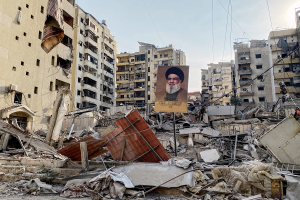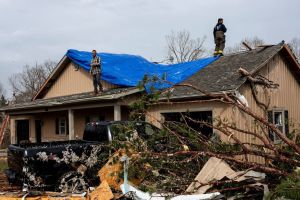Humanoid Robot Creation Becomes New Focus for DARPA
The U.S. military is now looking into employing humanoid robots that could fight on the battlefield, steer a vehicle, unlock a door with a key, climb a ladder and perform repairs.
These robots must also be able to carry out tasks with little to no supervision from an actual human being.
This information is based on the unofficial leak of a new Grand Challenge for humanoid robots hosted by the U.S. Defense Advanced Research Projects Agency, also known by its acronym, DARPA.
Gill Pratt of the organization revealed DARPA's plans to acquire this type of robot at the Defense Threat Reduction Agency's Industry Day held on March 20, according to robotic news portal Hizzook.
As of late, the organization has been increasing its efforts to create a legged robot capable of performing at its wanted level by funding several projects, including Boston Dynamics' four-legged robotic mule that was designed to carry battle gear for U.S. Marines, a robot cheetah that broke the land speed record for robots, and even a two-legged running robot named Petman.
DARPA has used the Grand Challenge events to introduce robotic cars that can navigate obstacle courses. But the next one will be geared towards pushing robotic abilities to new levels.
The organization's goal is to have robots be able to drive an "open frame utility vehicle" such as a tractor, and cross 328 feet of a rubble filled hallway on foot. Body parts such as their fingers arms and legs must be able to unlock doors, climb ladders, deal with leaky pipes and fix broken pumps.
DARPA plans to employ six hardware teams and 12 software teams in order to make these new robots a reality, according to a detailed account relayed on Hizook by Kent Massey, director of advanced programs at HDT Robotics.
Software programmers must be able to show their robotic programming skills on a government-contracted robot designed for the event.
DARPA will host two Grand Challenge events for the project and expects to not see any satisfactory results until the second one.





























